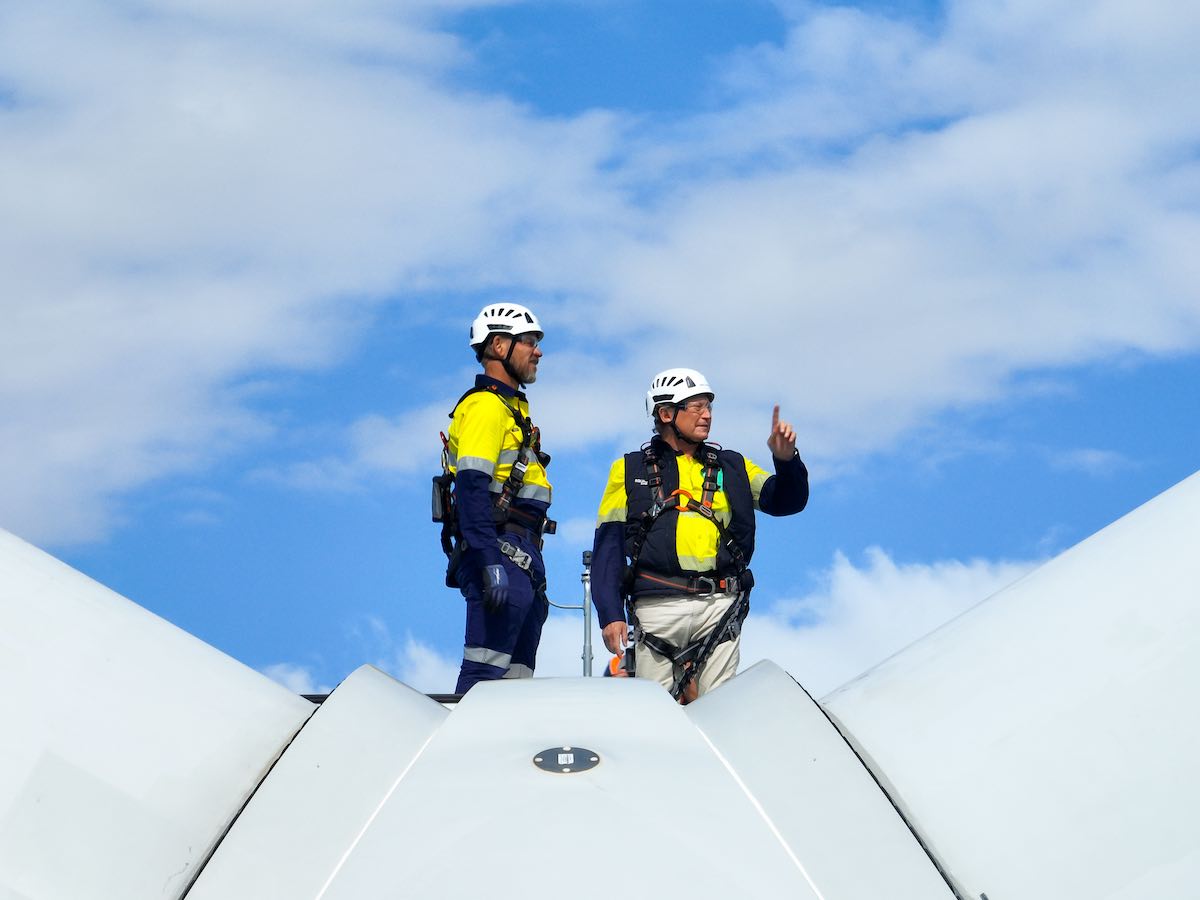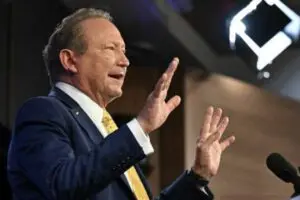Mark Hutchinson, the head of the Fortescue Energy and the person charged by billionaire Andrew Forrest to manage the company’s switch to green energy, says Forrest is “betting his net worth” on his green hydrogen ambitions.
Hutchinson’s comments came during an appearance at a day-long symposium hosted by Fortescue’s latest green hydrogen production partner, the US-based Plug Power, with which Fortescue has signed major production deals and potential equity swaps in their respective hydrogen projects.
Most of those projects – such as at Queensland’s Gibson Island, and in Phoenix, Arizona, and Texas in the US, involve production of green hydrogen in the tens or hundreds of thousands of tonnes of green hydrogen a year.
But Hutchinson said Fortescue intends that the following round of project investments would be in the “million tonnes” range as it seeks to deliver on its promise of producing 15 million tonnes of green hydrogen a year by 2030.
“We’re a mining company, but we are driven, by a very driven founder who is really going to bet his entire worth and the company he created on stepping into this market,” Hutchinson said.
“We have a goal for 15 million tonnes (of green hydrogen production) a year by 2030, which seems enormous. But we are actually starting to see a pathway there.”
Hutchinson’s comments are significant because Forrest’s determination to kick fossil fuels out of the economic system, and the pace in which he wants to do it, are not necessarily shared by all in the investment community, who are more worried about stable earnings and returns on investment.
And Forrest has made clear that the green energy business will likely not deliver the sort of returns enjoyed by the iron ore business, at least in the near term.
His passion and determination also wasn’t shared by some of Forrest’s top executives, and the split on views about the pace of the green hydrogen transition led to the exit of Fortescue’s two top executives, its CEO and its CFO, amongst others.
Hutchinson said the Gibson Island project – which aims to produce 385,000 tonnes of green ammonia a year for the export market – was a “good size” project to make sure the economics work and to refine its project management skills work. A final investment decision is due by the end of the year, with production in 2026.
He said this and other projects currently contemplated around the world – in Norway, Kenya, the US and Brazil, as well as Australia, would be in the realm of around 300,000 to 350,000 tonnes a year.
But the next phase of projects – in Western Australia, Zambia and other places, would be in the million tonnes a year, and those that follow would be even bigger.
“Really, the next wave is mega projects in Brazil, the Middle East, places like Jordan, Egypt, and Namibia and places in Africa, and then Australia on the west coast, we’re looking at like a million tonnes per phase,” Hutchinson said.
“And what we’re trying to do is look for where around the world can we get very cheap power abundantly that really isn’t needed in the domestic market, and where can really start to phase projects.
“So some of these project the first phase will be a million tonnes, but then we hope to continue to build these out as the demand grows.”










